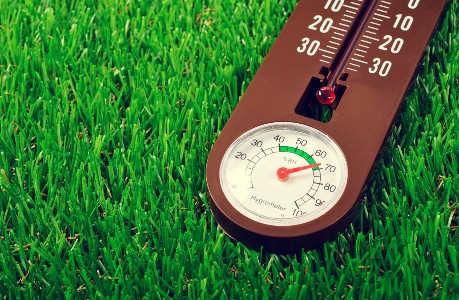Bottle aging a wine gives you the ability to time travel. It can transport you through time and space. Transplanting you to when and where the wine was grown. As wines age, they develop flavors and complexities, allowing you to experience unique tastes otherwise be impossible to explore.

How Bottle Aging A Wine Changes It
A young wine will showcase more of its primary flavors; pear, apple, plum, grassiness. The effects of barrel aging and other decisions made by the winemaker will be more evident on the palate. Think of yourself as a child. Through time and experience life shaped you, hopefully making you a more well-rounded individual. The same is true for wine.
As a wine bottle ages, more of its secondary flavors come forward. Bold fruit notes will become more subdues making way for flavors and aromas previously hidden. You will often perceive more earth and mineral-driven elements in the wine. The area in which the wine was grown will become more evident. Tannins will begin to settle breaking off as sediment to later be decanted.
While the majority of wine is not made to be bottle-aged for extended periods of time (over 5 years), a well-aged wine is well worth the wait.
How To Bottle Age Your Wine
When it comes to bottle aging a wine there are five major factors to keep in mind; temperature, humidity, bottle positioning, movement, and light exposure.

Temperature
This may be one of the most important factors to keep in mind when bottle aging. Storing wine at too hot of a temperature will cause it to rapidly oxidize and degrade over time. A wine stored in a pantry or closet will age up to four times faster than a wine that is properly stored. It is also more likely to develop faults over time.
The optimal temperature for bottle aging is between 50 and 55°F (10 and 13°C). Storing wine at the proper temperature throughout the bottle aging process will allow it to slowly mature and develop its maximum complexities.
When bottle aging it is important to maintain a constant temperature. Rapid increases and decreases in temperature can easily ruin a wine. Air can enter the space below to cork, causing the seal of the cork to weaken over time. This leads to higher degrees of spoilage and oxidation.
Just like with food, wine has a temperature “Danger Zone”. At around 46°F (8°C) a wine becomes too cold, freezing at around 32°F (0°C). A wine stored above 70°F (21°C) runs into the danger of cooking in the bottle. As a rule of thumb never let your wine become colder than 46° or warmer than 70°, with its ideal storage temperature being between 50 and 55°F (10 and 13°C).

Humidity
A moderately damp cellar is ideal for long term storage. Humidity ranging from 50% to 70% is ideal. The perfect humidity level for bottle aging is 60%. This range will keep your corks moist and bottles properly sealed. Storing your wine at too low of a humidity level may cause the cork to dry out, allowing air to enter the bottle. Too high of a humidity level can encourage the growth of mold and may loosen the label from the bottle.

Bottle Positioning
Bottles with traditional cork closures should be stored on their side or at an angle. This allows the wine to stay in contact with the cork, preventing it from drying out and lessening the seal on the wine.
To ensure that your label stays intact store your bottles with the labels facing up. Facing the labels upwards will also help when it comes time to decant the wine, preventing sediment build-up around the label when presenting it.
Bottles with stelvin closures (screw cabs) may be stored right side up if need be, as you do not need to worry about keeping the cork moist.

Exposure to Light
Direct sun exposure can ruin a wine. UV rays can penetrate the glass and change the flavors and aromas in the wine. Darker areas are preferred for bottle aging. If light can not be avoided it is best to use incandescent light. Utilizing the cardboard boxes a wine came in or covering your bottles with a cloth can also help to prevent light exposure.

Movement During The Bottle Aging Process
Avoid movement and vibrations when storing wine for bottle aging. Movement may cause churning of sediment which may expedite oxidation. Creating an organized system in your cellar or wine fridge will help to minimize movement.
Avoid storing your wine next to things like refrigerators that may cause extra vibrations. Also, it is best to avoid storage next to an oven, dishwashers, and other appliances that may increase the heat or humidity of your wine storage.